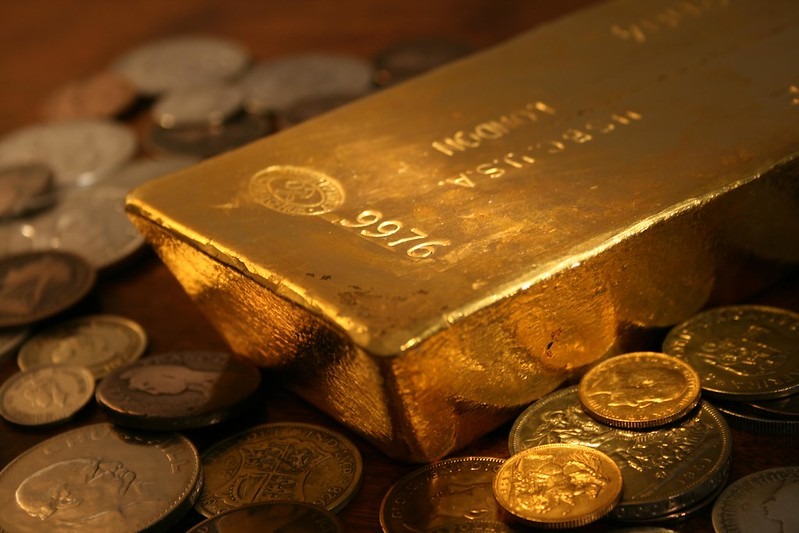Will the gold rally keep going?
Gold continues to shine in 2024, reaching all-time highs. Both traditional gold bugs and everyday investors are excited about what this means for the investment landscape.
Central banks are beginning easing cycles. With inflation approaching established targets in most developed economies, attention has been drawn to weakening labour markets and, in Europe, weak economic growth. Policymakers are keen to begin cutting base rates, without reawakening inflation or causing a recession, to achieve the legendary “soft landing”.
As a non-yielding asset with high storage costs, gold typically performs well in such an easing environment, as there is an opportunity cost for holding gold instead of a yielding bond. Soon after the Federal Reserve’s 50bps cut, gold hit a record high of over $2,600 per ounce, demonstrating this relationship.
However, the metal’s rally since 2022, when yields were elevated, has shown that gold’s price is not rigidly tied to interest rates. Indeed, in the previous decade of low interest rates, gold prices moved very little. Geopolitics is the differentiator this time. Since the seizure of Russia’s international reserves by the West, following the invasion of Ukraine in 2022, markets have remained fearful of the weaponisation of a dollar-dominated financial system. Emerging market economies, notably Russia and China, have consistently sought greater monetary and political independence from the USA, with both countries historically buying gold to diversify and protect their reserves. More emerging markets have followed this trend, causing central banks to increase their gold purchases to above 1,000 tonnes per year in 2022 and 2023. The first quarter of 2024 involved the highest level of central bank purchases on record, supporting gold prices and delinking the metal from typical trends with the interest rate cycle.
For the average investor, gold is an inflation hedge and, right now, we live in an inflationary world. Governments globally have rising budget deficits driven by the energy transition, de-globalisation, and other macroeconomic trends. All this supports greater spending and creates upward price pressure. These concerns about inflation, and fears over greater government spending, have resulted in greater non-institutional gold investment. Global gold ETFs, the most accessible investment for private investors, have seen inflows for the past four months, in contrast to the net outflows over the last three years. Notably, we have seen the return of North American and European ETF investors in 2024 – a trend likely to grow with US election uncertainty and further easing set for this year.
An interesting trend to consider is the gold to crude oil ratio, which is above average at over 33x. Typically, this is a sign of economic weakness, suggesting investors are buying gold in anticipation of a recession. Relative to equities, the S&P 500 to gold ratio is currently around 2.1x, meaning gold can still move higher on a trend basis. A final trend is in China, where the People’s Bank of China, the world’s largest buyer of gold in 2023, has paused purchases over the past four months amid weakening domestic demand for jewellery, the most common use of the physical metal.
Looking to the future, going long on gold seems to be a popular trade. COMEX net long positioning is close to the all-time highs of 2020, reflecting bullish sentiment for the metal. This positioning may be exaggerated at the beginning of a cutting cycle, meaning we may see a slight reversal in the short term, particularly if central banks make fewer cuts than already priced in. In addition, a strong stock market supports investing in equities instead of gold, but it is unclear how far the S&P 500 can continue to go. Any unexpected geopolitical volatility will support gold prices in the short term. Structurally though, over the long term, there are macroeconomic trends supporting gold. In the USA, both major parties are championing protectionist measures, with no solution to address ballooning US debt and deficit levels. This structurally supports investors rotating into gold as fiat currency loses value. Further reserve freezes and seizures would encourage emerging markets, especially central banks within them, to increase gold holdings as a means of diversification. Even longer term, there seems to be little preventing Russia and China from creating a post-dollar financial system through encouraging trade settlements in gold or even creating a new currency backed by gold.

Comments